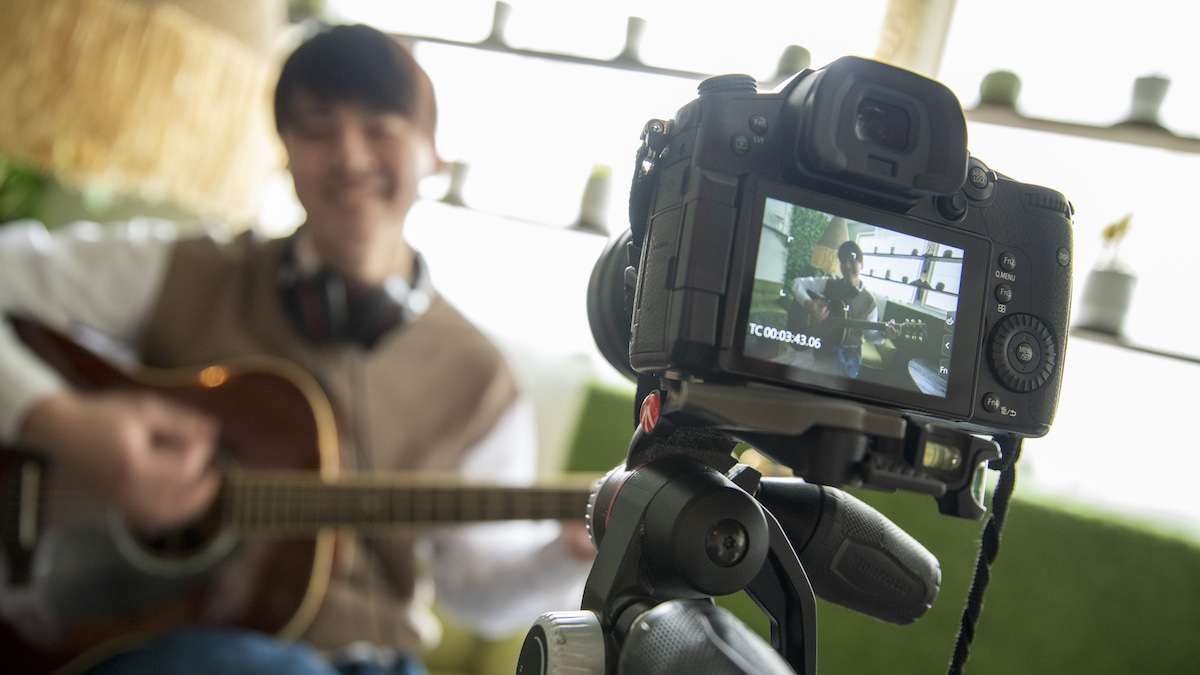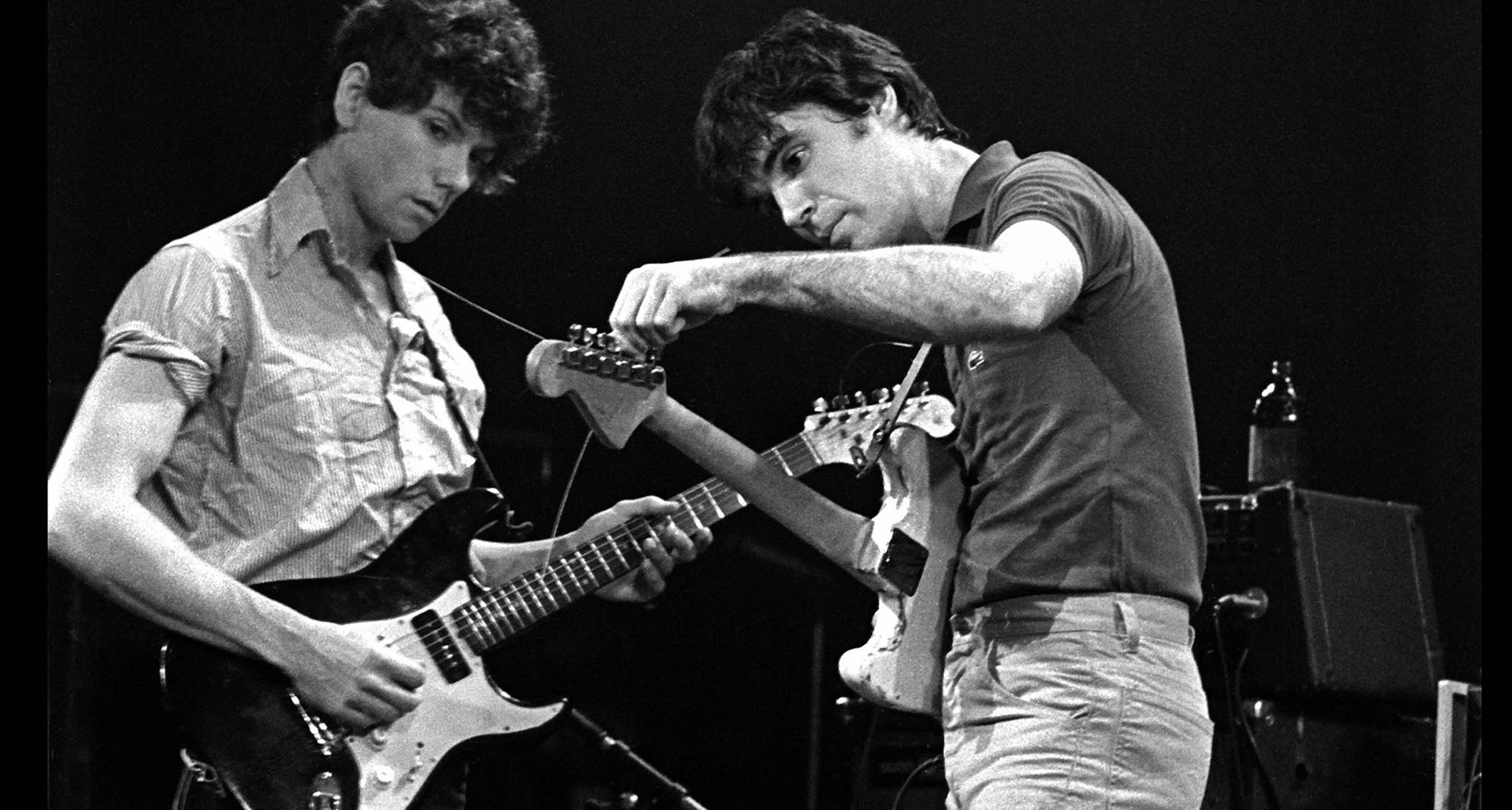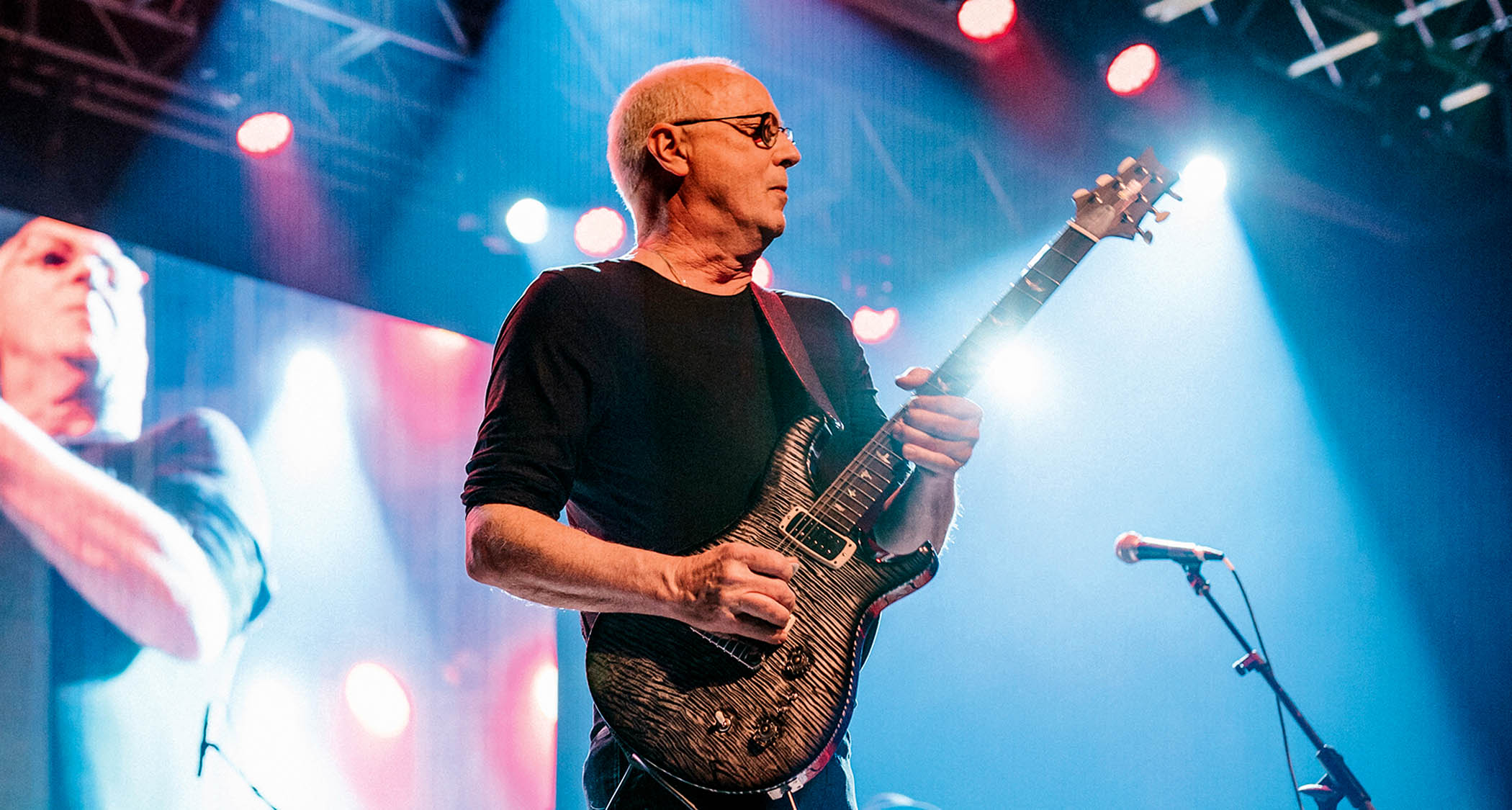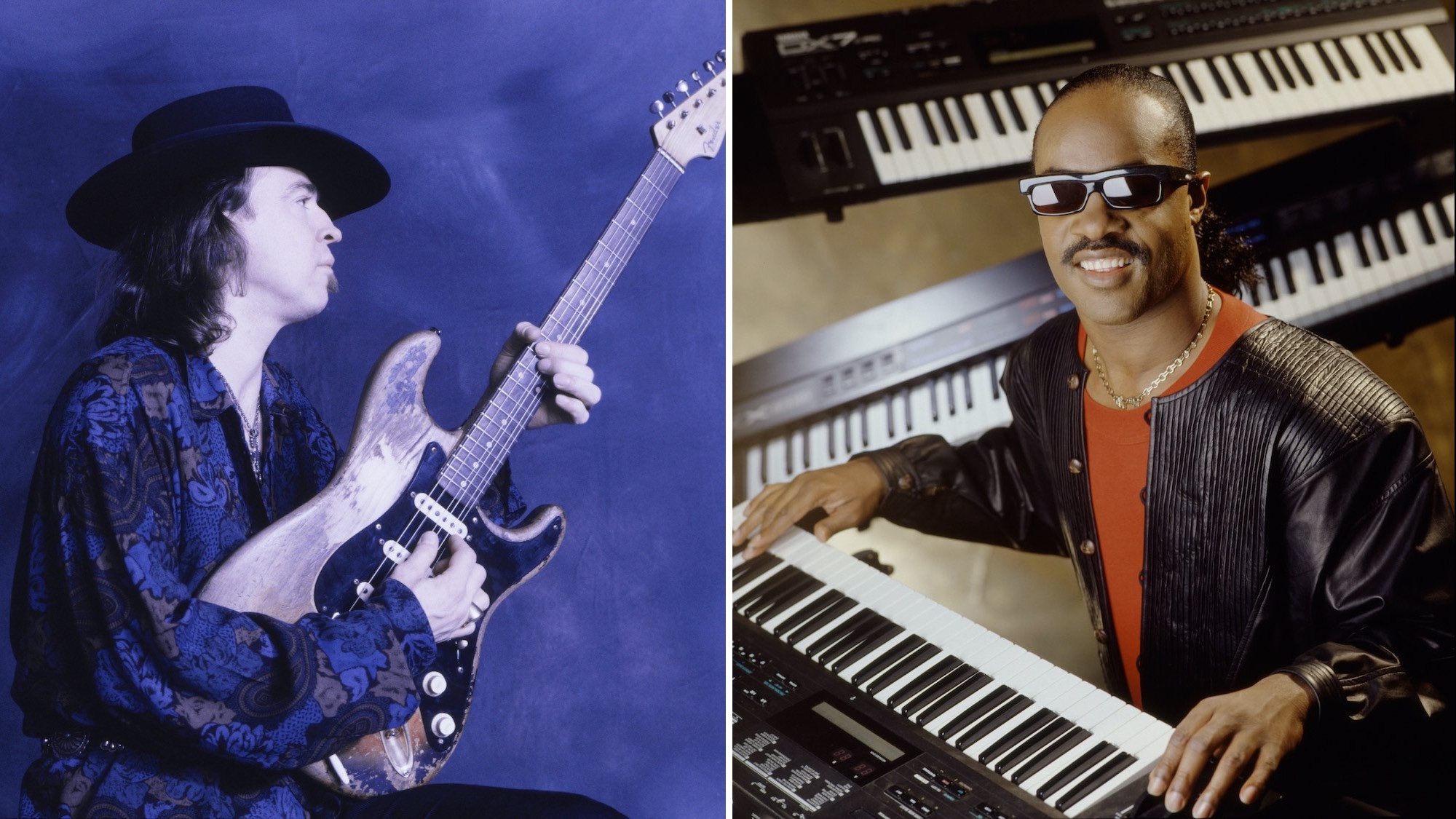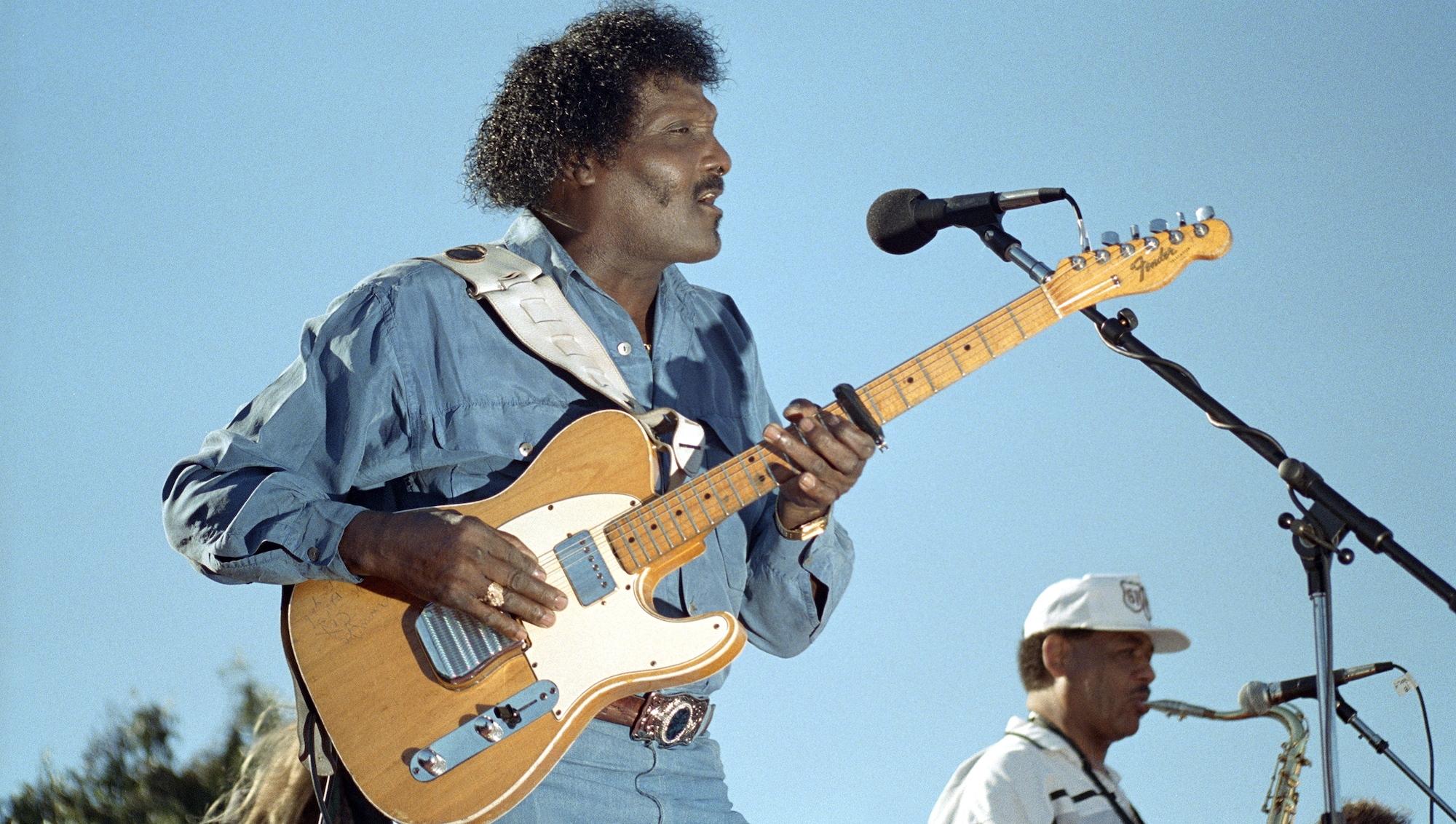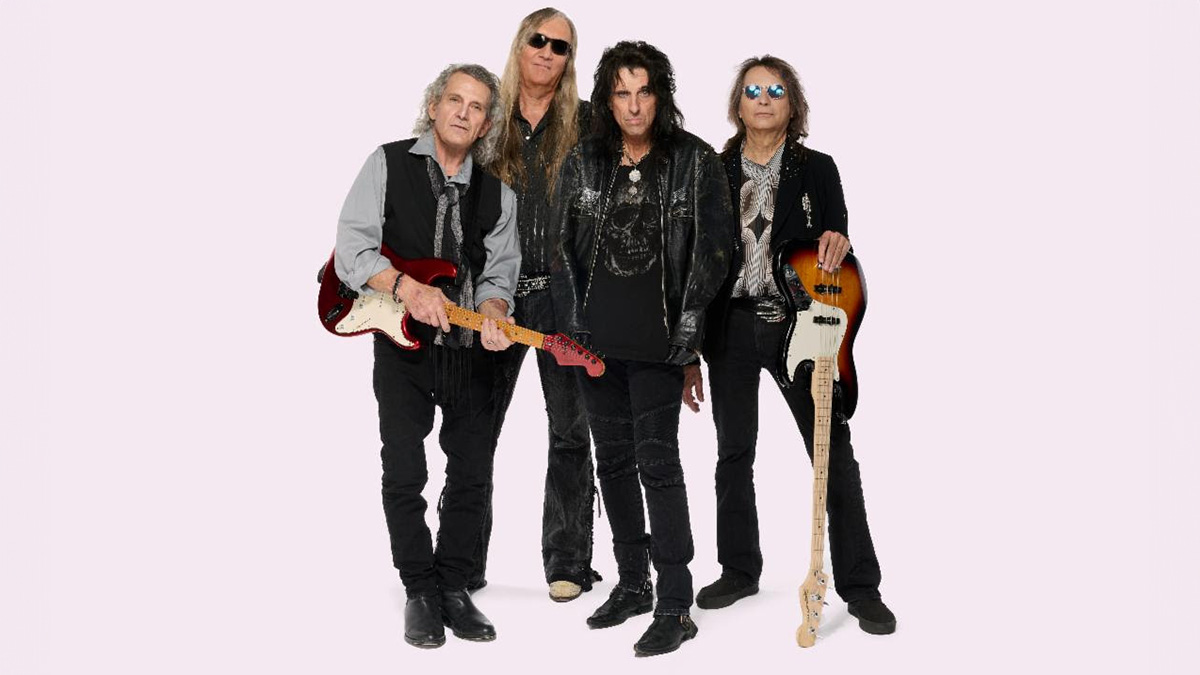“Slapping was a matter of natural evolution”: 21 slap bass legends who made thumpin’ and pluckin’ their own
From the godfather of thumpin’ and pluckin’ to Victor Wooten’s game-changing slap technique, we bring you the players that you must know if you want to call yourself a true bass aficionado
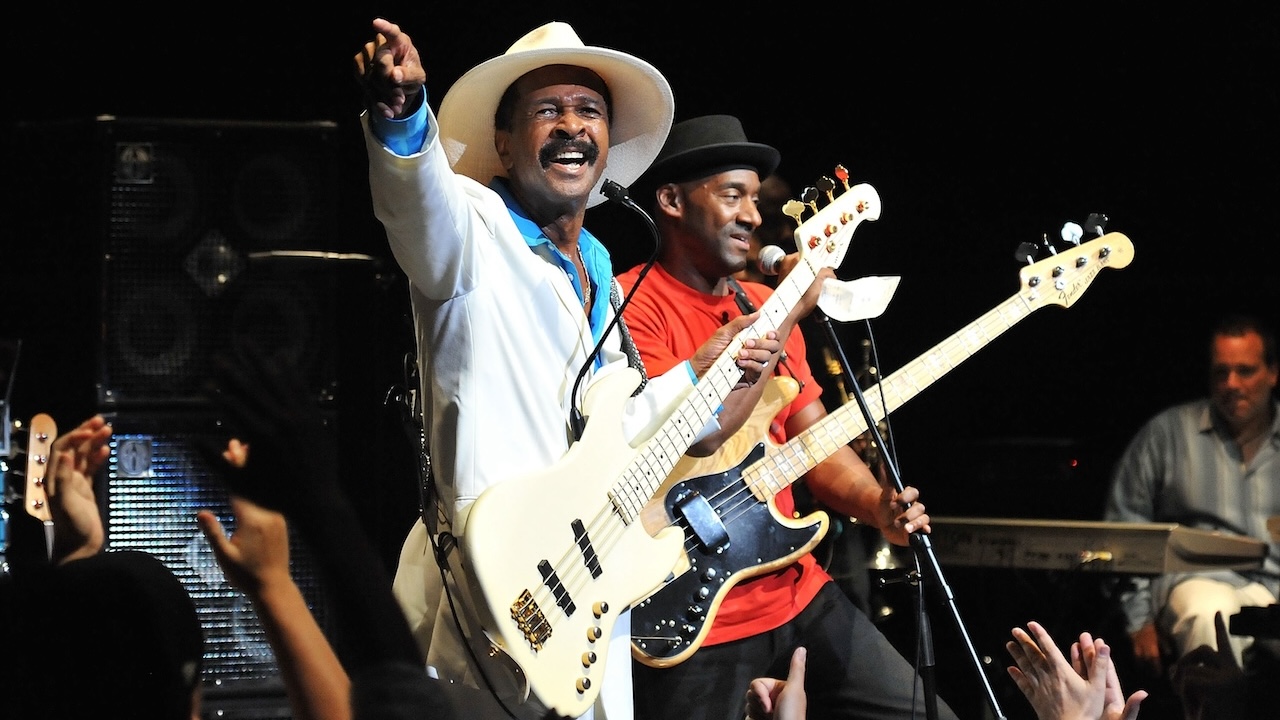
Slapping, thumping – whatever you call it, for over 50 years, bassists have been using this most flamboyant of bass techniques to lay down heavy funk grooves, and endlessly irritate the owners of guitar shops everywhere.
“Slapping was a matter of natural evolution for me,” Louis Johnson told Bass Player. “I plucked the strings with my thumb and tried to find the little clicks and pops I got when I strummed chords on the guitar. Gradually, as I struck the strings harder with my thumb, I discovered all these percussive sounds that coincided with the note.”
While Louis Johnson and Larry Graham popularised the technique in funk and disco music, it soon found its way into the jazz and fusion genres. This was mainly thanks to Stanley Clarke, who threw razor-sharp pops and huge string bends into the mix, changing the face of slap bass playing forever.
Fast-forward to the 2000s, and the technique is all the rage among a new breed of internet sensations. But if we've learned anything from Larry Graham’s earlier creations, it’s that slapped basslines are often simpler than they sound.
As Prince once told us, “Larry Graham. That’s all you need to know. Just write down ‘Larry Graham’ in your notebook! Larry’s happy just thumping open-string quarter-notes – he’s not interested in showing off. When you’re showing off it means you aren’t listening.”
Here, we name 21 slap bass legends you need to know.
1. Victor Wooten
There are many players who can perform the rapid-fire double thumb and pop riffs, many players that can execute a ripping solo and many players that can play two-hand tapping all over the neck, yet few can do it with the musicality that Victor Wooten can. And even fewer can do it live whilst executing a back flip.
Get The Pick Newsletter
All the latest guitar news, interviews, lessons, reviews, deals and more, direct to your inbox!
2. Stanley Clarke
While many credit Larry Graham with inventing slap bass, Clarke added lush jazz fusion chops into the mix together with a realization that bass players needed to really hear what was going on in the low-end.
Armed with flawless technique, an active Alembic bass guitar and, as a band leader, a series of bass-dominant albums, bass players finally got to hear every little slap, pop, strum, and flamenco roll as we’d never heard before.
3. Mark King
Level 42’s Mark King stands shoulder to shoulder with the all-time greats on the slap summit. Need proof? Check out his phenomenally fast, highly technical rapid-fire lines on tracks such as Love Games, Lessons In Love, and Mr Pink.
“The way I slap is different from someone like Marcus Miller or the serious funk guys. Their playing has this great gravity that lays the whole thing down. I flutter around like a butterfly. It’s more like drumming.”
4. Marcus Miller
Not only a technically fluent player, Marcus Miller also has an enviable slap tone that has seen various bass players scour the used ads for late-'70s Fender Jazz basses appropriately modded with a Badass bridge and active electronics.
Miller developed a reputation for using mostly his thumb with only the occasional pop. “I strike the strings right at the bottom of the fingerboard, not at the bottom of the neck where you get all the overtones. A lot of times I don't pop at all.
“That developed during my jingle days, because I found that using my thumb was the best way to hear the bass coming out of a tiny TV speaker.”
5. Flea
Flea only took up the bass after the prompting of his high-school classmate Hillel Slovak, who – along with singer Anthony Kiedis and drummer Jack Irons – formed the first lineup of the Red Hot Chili Peppers.
From these humble beginnings Flea evolved a frighteningly fast slap-and-pop style, influenced by Larry Graham, but spiced up with the energy of his beloved hardcore punk scene.
“When I slap, I slam the strings as hard as I can with my thumb; I use only my middle finger – never my index or ring fingers – to pop. If the part is very intricate, l use mostly a wrist motion, but usually it involves the whole arm.”
6. Les Claypool
There is no other bass player like Les Claypool of Primus. To say that his slap style is based on a funk groove is understating the point significantly: only Flea is a more prominent slap-and-pop player in the rock field, and not for nothing is Claypool’s right first digit nicknamed the ‘Thumb of Destiny.’
But Claypool is no mindless shredder. On Tommy the Cat, he slaps, taps, and tritones his Carl Thompson bass to produce a frenetic whack-fest with a strong, slightly swinging 16th-note groove.
7. Stuart Hamm
With a series of chops-busting solo albums and an enviable career as the bassist for guitar heroes Steve Vai and Joe Satriani, burning trio sessions with GHS, acclaimed instructional videos, and a string of bass-intensive solo albums, Stuart Hamm is rightly regarded as a master of high-performance bass playing.
“I have different approaches to slap, because there are so many ways to do it, but the main thing is you don't want to hit straight down on the string; you want to hit it, then bounce your thumb away from it to allow the string to ring. It's got to be a fluid motion – if you tense up your wrist you're going to get problems.”
8. Charles Berthoud
Charles Berthoud has enjoyed a rapid ascent to bass stardom thanks to the skill he displays in his YouTube videos, over 500 of them so far. His range of techniques is astounding, including a very fast command of tap and slap.
“When I was 17 I watched Victor Wooten play Amazing Grace and my mind was blown, but it’s only in the last five years or so that I’ve got really deep into slap bass, because it opens the doors to so much energy and rhythm.”
9. Larry Graham
Larry Graham is fondly remembered for his slap and pop that started funky with Sly and the Family Stone and then became supercharged with his own band Graham Central Station.
Graham first began thumbing a low E string and popping on the D and G strings after the drummer left his trio formed. Continuing minus the percussionist, he began to hit the strings hard with his thumb to make up for having no kick drum and then plucking them to fill in the void left by the absent snare drum.
10. Louis Johnson
First picking up the bass in 1961, Louis Johnson first saw success with his band The Brothers Johnson in the early '70s after being snatched up by legendary producer Quincy Jones. Developing game-changing techniques along the way, he soon became one of the grandfathers of slap bass.
“For years I slapped the standard way, with my thumb and index finger. When I got tired of that I made up other ways to do it, like pulling out the strings, or using just my thumb, or smacking the strings with the palm of my hand.”
11. Michael Manring
Combining all manner of plucking, picking, slapping and tapping, with an intuitive sense of what’s compositionally possible on the bass, Michael Manring has developed a solo approach that’s completely unique.
“I’ve been following a concept based on how rhythm is studied in India, both in the north and the south. So it ends up being a kind of a dialogue between the right hand and the left hand, with the right hand doing most of the talking!”
12. Doug Wimbish
Of the hordes of session bassists to emerge from the vibrant studio scene in the 1970s and '80s, few have enjoyed a career as long and prolific as that of Doug Wimbish.
From his days as a part of the Sugar Hill house band, through to superstar sessions with the likes of Jeff Beck, Mick Jagger and Madonna, his in-your-face bass style features an assortment of slaps, pops, and overdriven squeals.
13. Freddie Washington
At the dawn of the '80s, the first wave of Larry Graham-inspired would-be thumbslingers receded, leaving a number of true slap standards. Patrice Rushen’s Forget Me Nots is one such classic. The song was conceived and played by veteran first-call L.A. session bassist “Ready” Freddie Washington.
“I was sitting on my bed at home, jamming on my bass, when this line came to me. I just went where my fingers took me, and it wrote itself into an entire song.”
14. Jacob Umansky
Based on mighty riffs from guitarist Aaron Marshall and the manoeuvres of six-string bass mastermind Jacob Umansky, Canadian progressive metal band Intervals remain among the hardest-hitting around.
“I definitely gravitate more toward what Victor Wooten is doing than the straight up bass shredding of Billy Sheehan. That being said, the music I find myself playing is pretty shred-heavy, so there can be a crossover between both styles.”
15. Mohini Dey
Mohini Dey has been performing since the age of 11, following in the footsteps of her bassist father. A grounding in Weather Report, Miles Davis, and Jaco, and playing a tiny homemade bass, followed. At the age of just 29, Dey has already worked with Nitin Sawhney, Harmet Mansetta, Simon Philips and Steve Vai.
“A lot of people ask me about my slap technique, and how I implement different time signatures. Coming from West Bengal, I’ve trained a lot with Carnatic music, so I have a different way of interpreting rhythm.”
16. Henrik Linder
With Dirty Loops, Henrik Linder gets to play his slap-happy bass chops all over unsuspecting pop tunes. He slaps and plucks with the utmost precision, making faces of both concentration and sheer joy in doing so.
To execute technical lines of that calibre, Linder confidently trusts his 5-string signature model to steady the growl – a bass designed by Swedish luthier Anders Mattison.
17. Divinity Roxx

Hailing from Atlanta, Georgia, Divinity Roxx was a member of Beyoncé’s touring band, Suga Mama. Her funky bass wizardry can also be heard on Victor Wooten’s 2001 album Live In America and 2005’s Soul Circus.
“When I first started to play bass I was so nervous and would play with my back to the audience, but playing with Victor gave me confidence and grew me as a person. Now I just love getting up there and doing my thing.”
18. Nate Philips
How do you anchor a band like Pleasure? If you’re Nate Philips, you do it with a formidable slap technique. The group’s fusion-influenced dance music reached its peak with Glide, which showcases a seminal bass groove that uses a double-stop slide to connect two impossibly funky licks.
“After about 20 minutes of working it out, I taped it and left it alone until our next rehearsal. When I played the line, everybody just fell in perfectly – I didn’t have to say anything. It blew me away.”
19. Abe Laboriel
One of funk and R&B's most prolific sidemen, Abe Laboriel is a veteran of more than 3,000 sessions, having lent his radical fingerstyle, slap, and two-handed technique to artists such as Quincy Jones, Chaka Khan, Lionel Richie, Aretha Franklin, and countless others. And while he's played bass on a catalog full of hits, he's also one of bassdom's funkiest solo artists.
20. T.M. Stevens
Widely regarded as the inventor of ‘heavy-metal funk’, T.M. Stevens laid down the bass to some true funk classics, including James Brown’s Living In America and Narada Michael Walkden’s I Shoulda Loved Ya.
“I don’t slap with my thumb pointed up or straight across the strings, as most bassists do – I keep my thumb pointed down, so I can switch instantly to finger and chordal playing. When I’m funkin’, I fill in whatever my ears are missing.”
21. Bootsy Collins
If you play any form of funk bass, you owe Bootsy Collins – the legend who's played with James Brown and Parliament-Funkadelic, like you didn't know that already – a serious debt.
If you're familiar with the man and his playing, you'll know what a force of nature he is, laying down the parameters of the slap and the pop for a generation of bassists.

Nick Wells was the Editor of Bass Guitar magazine from 2009 to 2011, before making strides into the world of Artist Relations with Sheldon Dingwall and Dingwall Guitars. He's also the producer of bass-centric documentaries, Walking the Changes and Beneath the Bassline, as well as Production Manager and Artist Liaison for ScottsBassLessons. In his free time, you'll find him jumping around his bedroom to Kool & The Gang while hammering the life out of his P-Bass.
You must confirm your public display name before commenting
Please logout and then login again, you will then be prompted to enter your display name.
“When I first heard his voice in my headphones, there was that moment of, ‘My God! I’m recording with David Bowie!’” Bassist Tim Lefebvre on the making of David Bowie's Lazarus
“One of the guys said, ‘Joni, there’s this weird bass player in Florida, you’d probably like him’”: How Joni Mitchell formed an unlikely partnership with Jaco Pastorius




![Marcus Miller - Power [live HD] - YouTube](https://img.youtube.com/vi/XqTCAZK9rzY/maxresdefault.jpg)







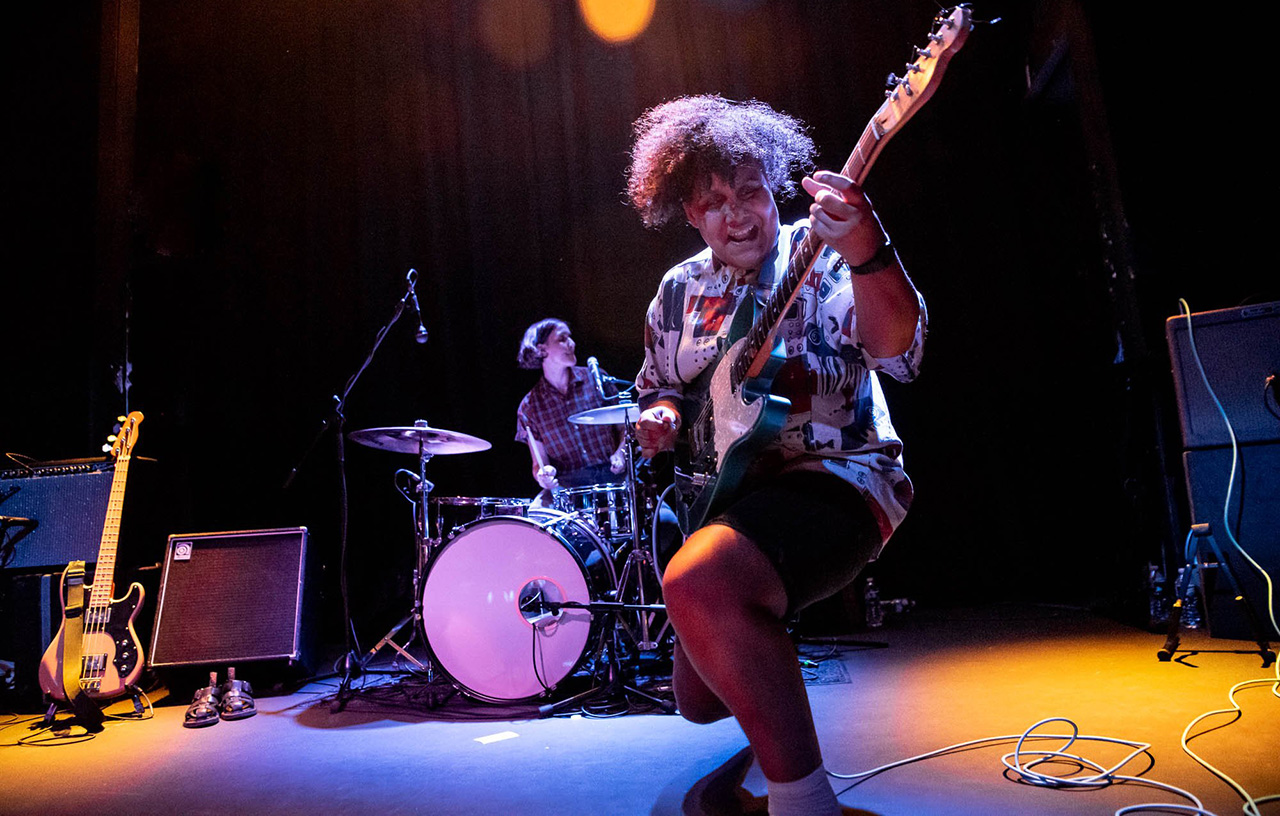
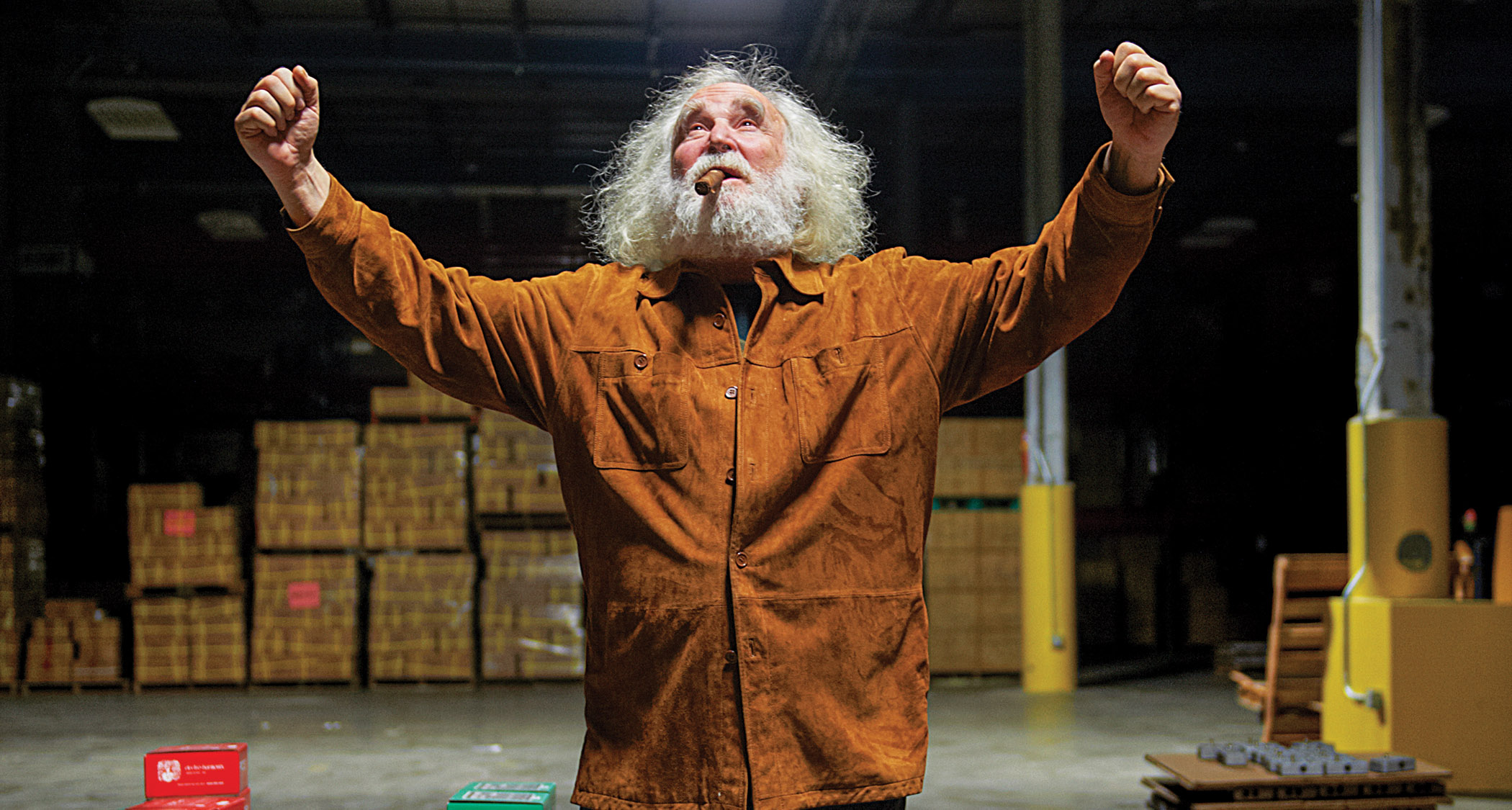
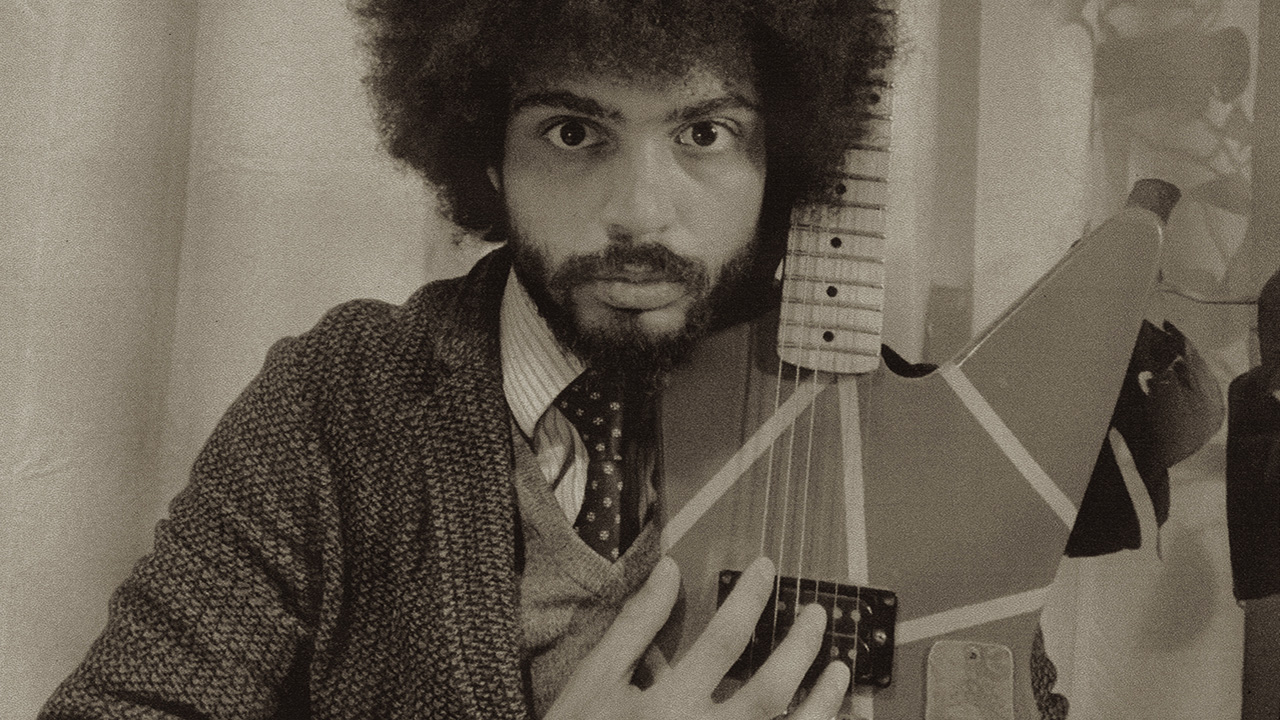
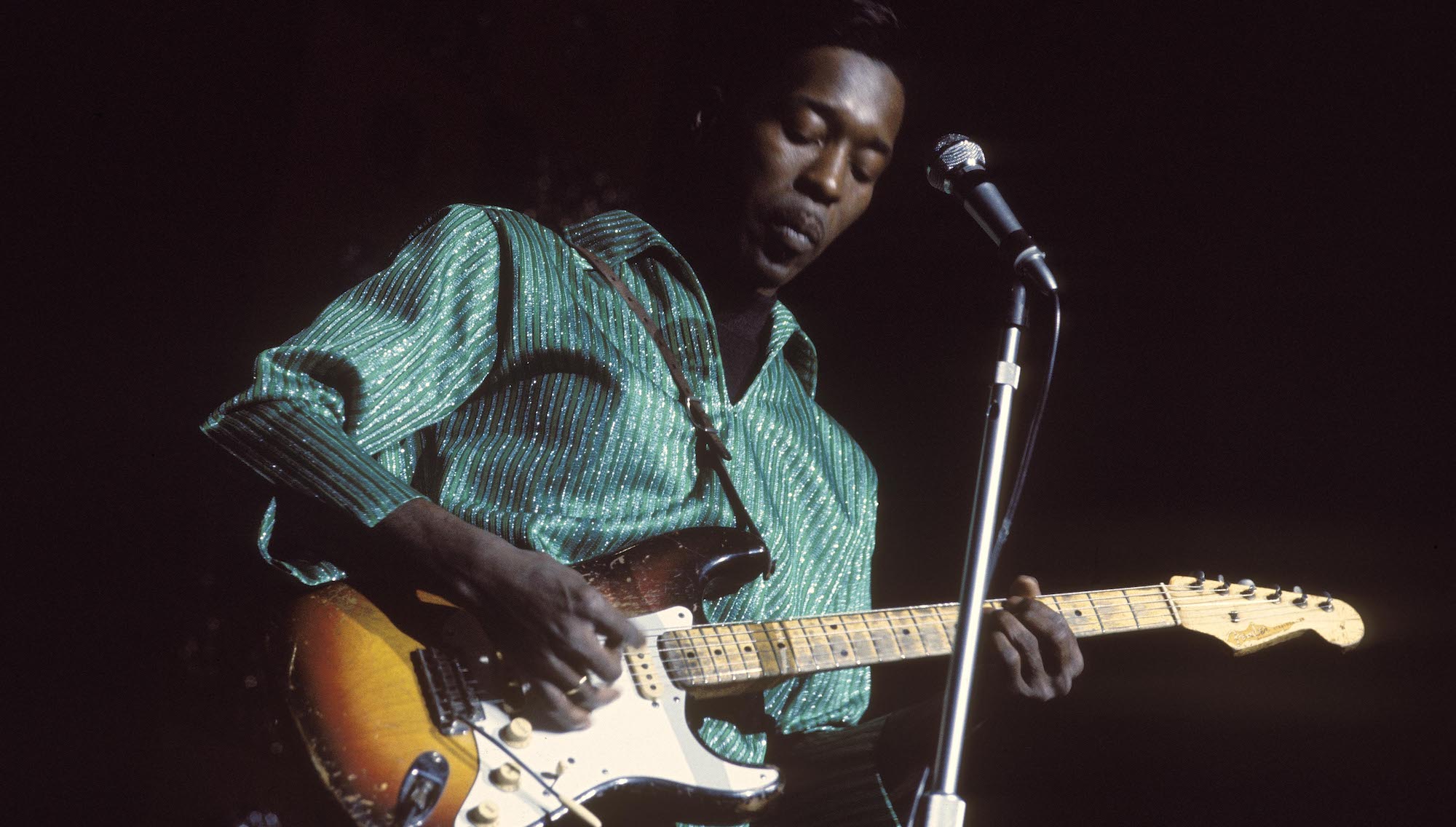
![[from left] George Harrison with his Gretsch Country Gentleman, Norman Harris of Norman's Rare Guitars holds a gold-top Les Paul, John Fogerty with his legendary 1969 Rickenbacker](https://cdn.mos.cms.futurecdn.net/TuH3nuhn9etqjdn5sy4ntW.jpg)
